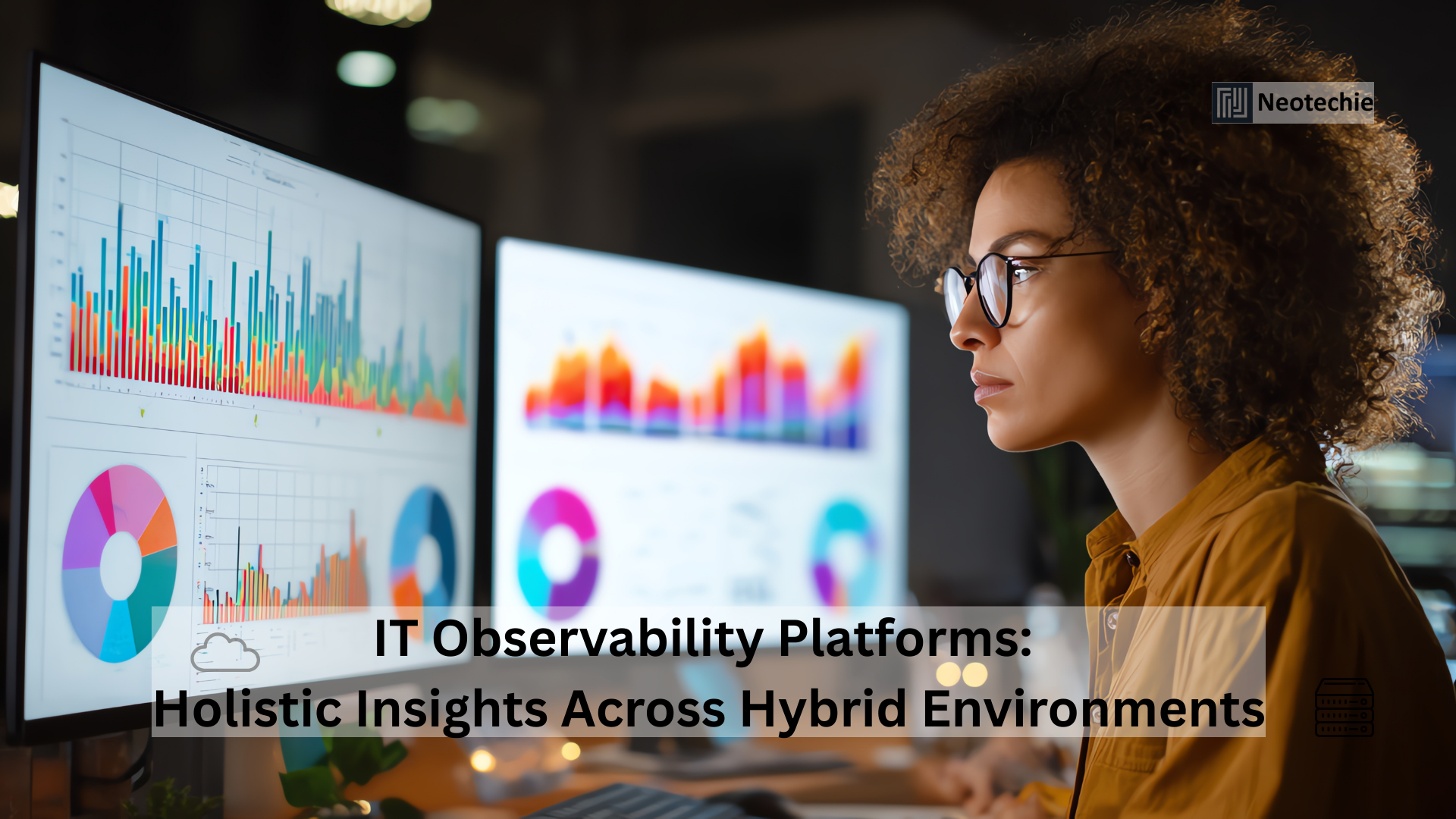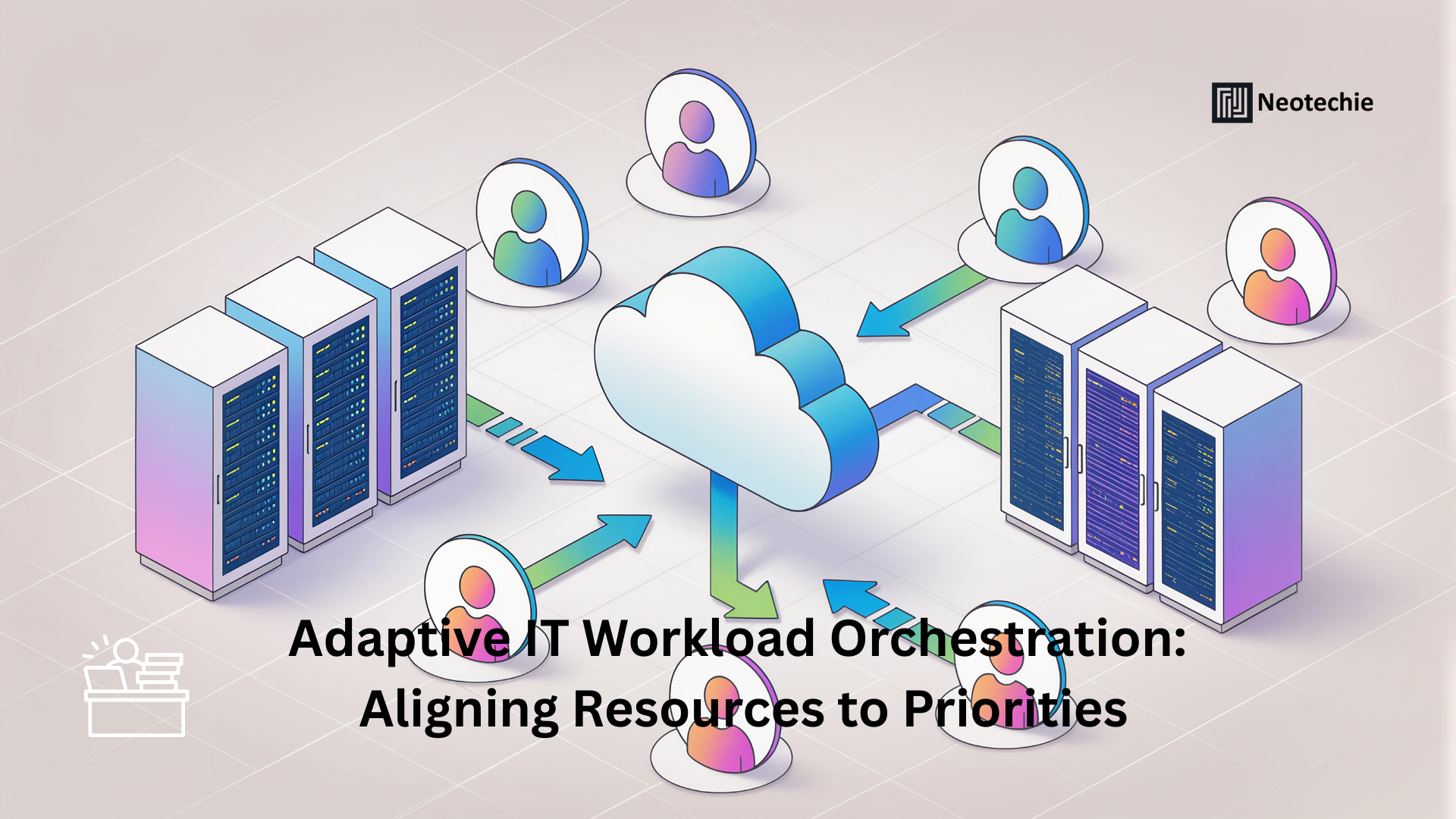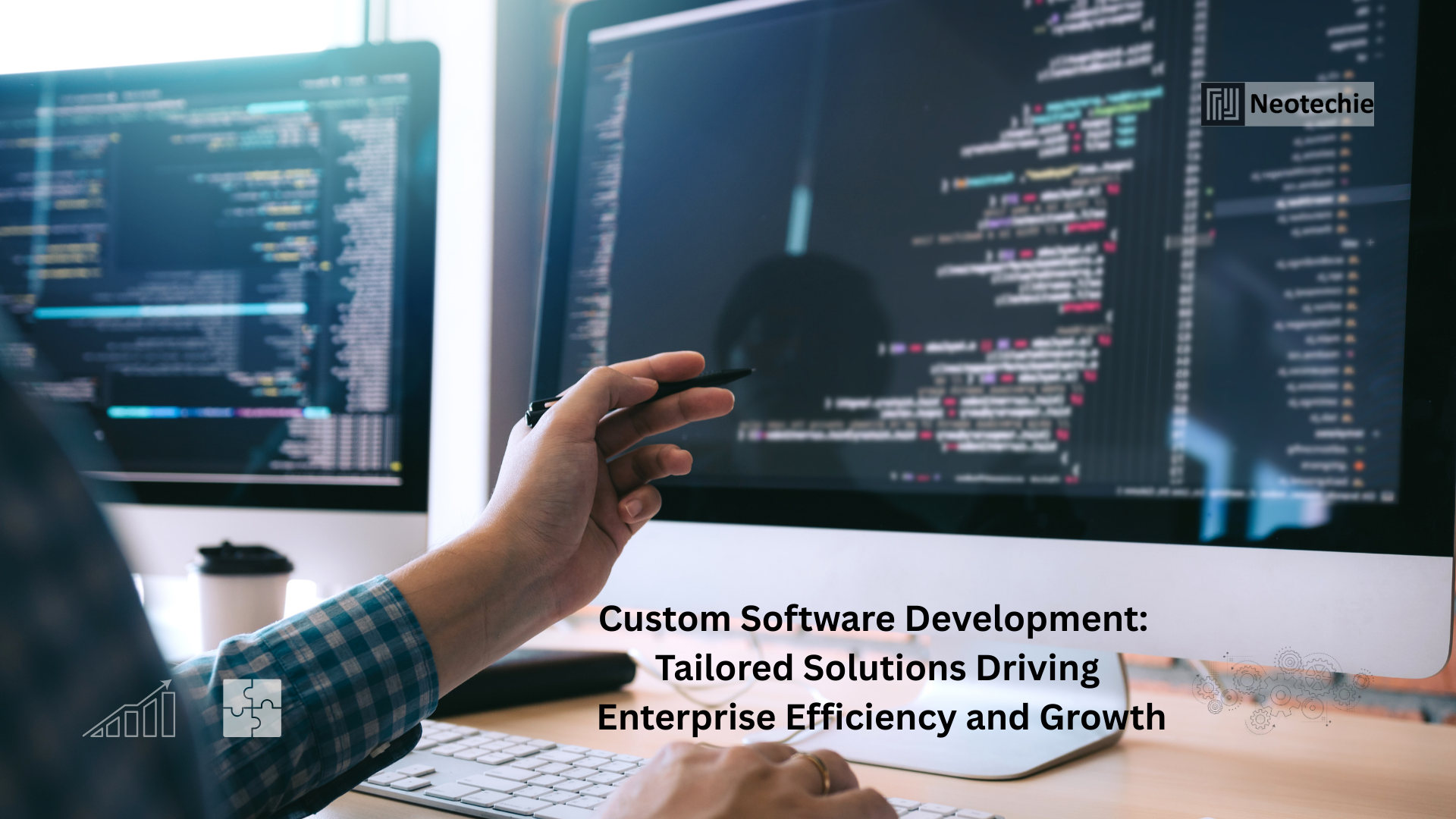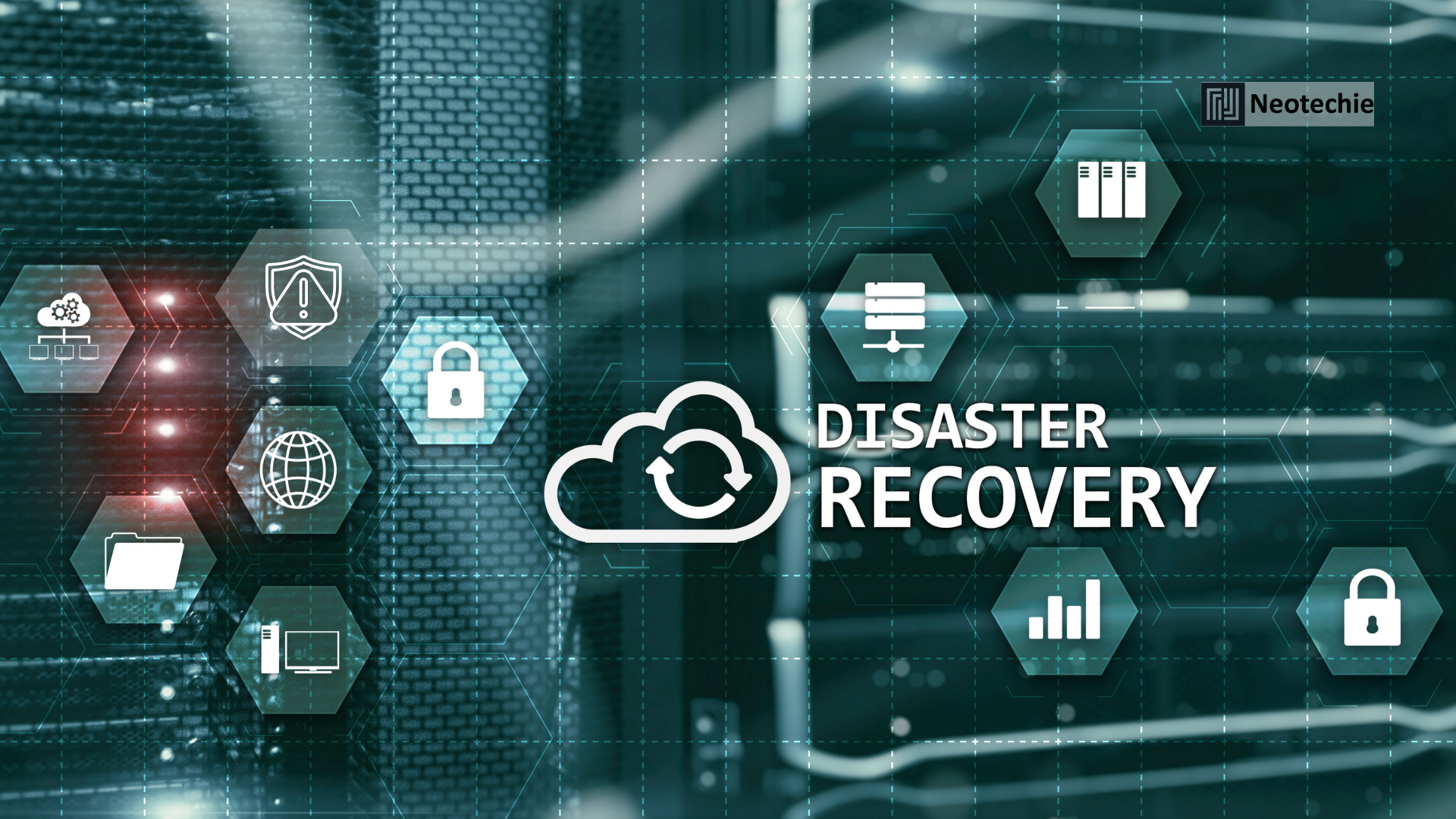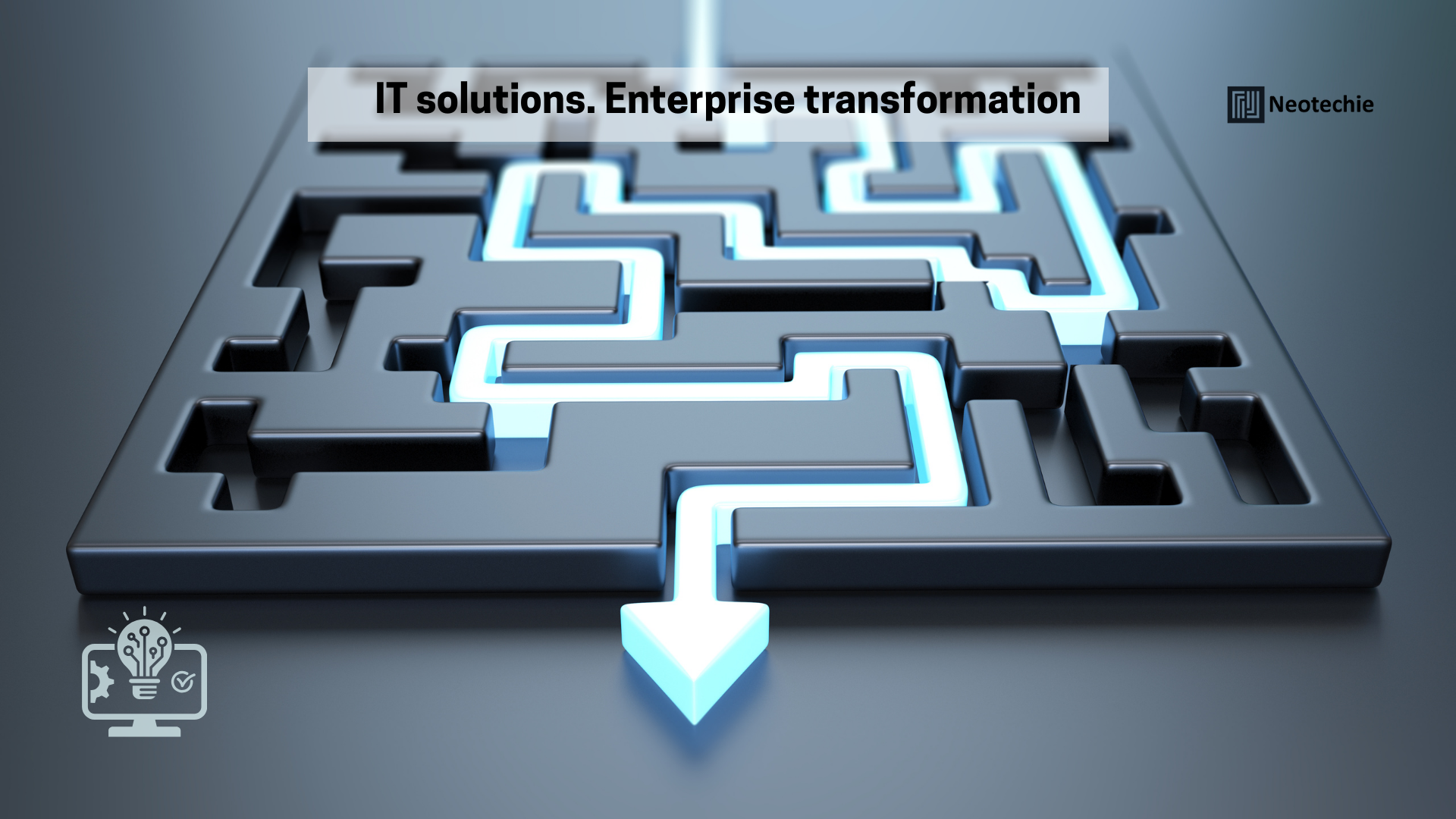Transforming Enterprise Security with Zero Trust
As cyber threats grow in sophistication, traditional perimeter-based security models are no longer sufficient. Zero Trust IT architecture operates on the principle that no user, device, or system should be automatically trusted, regardless of location. Instead, access is continuously verified, and security is enforced at every layer. This approach minimizes risk, reduces vulnerabilities, and aligns security directly with business objectives.
Adopting Zero Trust is not just a security upgrade—it drives business transformation by enabling secure digital operations, regulatory compliance, and trusted collaboration across hybrid IT environments.
What Zero Trust IT Architectures Bring to Enterprises
- Continuous Verification of Users and Devices
- What: Every access request is authenticated, authorized, and encrypted, no matter where the request originates.
- Why: Perimeter-based models assume internal networks are safe, leaving organizations vulnerable to insider threats, compromised accounts, or lateral movement attacks.
- How: Multi-factor authentication, device posture checks, and adaptive access policies are implemented to ensure that only legitimate users gain access. For instance, a finance platform can continuously validate both user credentials and device compliance during transactions, significantly reducing breach risk and protecting sensitive financial data.
- Least-Privilege Access Enforcement
- What: Users and applications are granted only the permissions necessary to perform their tasks.
- Why: Excessive access privileges increase exposure to cyberattacks, data leaks, and operational errors.
- How: Role-based access control, policy-driven permissions, and dynamic access adjustments restrict access appropriately. For example, a marketing employee can analyze campaign metrics but cannot access customer credit information, enhancing security, maintaining compliance, and limiting potential exposure.
- Segmentation and Micro-Segmentation
- What: Networks, applications, and data are divided into smaller segments to contain and isolate potential breaches.
- Why: Without segmentation, attackers can move laterally after gaining initial access, compromising more systems.
- How: Zero Trust architectures leverage network and application segmentation to isolate critical assets. For example, patient health records are separated from internal HR systems, containing threats and limiting the impact of security incidents.
- Continuous Monitoring and Analytics
- What: Security events, user behavior, and device compliance are continuously monitored, with AI-driven analytics detecting anomalies or suspicious activity.
- Why: Proactive monitoring allows organizations to address threats before they escalate into breaches.
- How: Real-time data collection and intelligent analytics detect irregularities and trigger automated responses or alerts. For example, unusual login patterns across multiple regions trigger immediate verification and containment measures, preventing potential breaches and maintaining operational continuity.
- Integration with Business Processes and Compliance Requirements
- What: Security policies are closely aligned with regulatory standards and organizational objectives.
- Why: Industries like finance, healthcare, and retail must comply with strict regulations to avoid legal penalties and protect sensitive information.
- How: Automated policy enforcement, audit trails, and reporting ensure adherence to GDPR, HIPAA, or other regulatory frameworks. For instance, financial applications automatically restrict unauthorized access and log all activity, ensuring compliance, minimizing risk, and supporting governance objectives.
Why Zero Trust IT Architectures Matter for Businesses
- Reduced Breach Risk: Continuous verification and least-privilege access minimize unauthorized access.
- Operational Resilience: Segmentation and monitoring limit the spread of attacks and reduce downtime.
- Regulatory Compliance: Automated enforcement supports adherence to industry standards.
- Enhanced Trust: Secure access and protection of critical data improve stakeholder confidence.
- Agility: Zero Trust frameworks adapt seamlessly to hybrid and cloud environments.
Driving Business Transformation Through Zero Trust
- Secure Digital Expansion: Enables safe adoption of cloud, SaaS, and hybrid IT models.
- Proactive Risk Management: Continuous monitoring and adaptive policies reduce vulnerabilities before they become critical.
- Efficient IT Operations: Automated access control and threat detection free IT teams to focus on strategic initiatives.
- Improved Collaboration: Verified access enables seamless cross-department and remote collaboration without compromising security.
- Data-Driven Decision Making: Insights from Zero Trust analytics guide IT strategy, resource allocation, and security policies.
How Neotechie Can Help
At Neotechie, we guide enterprises in implementing Zero Trust IT architectures effectively:
- Deploy continuous verification systems for users and devices.
- Implement least-privilege access controls and policy-driven permissions.
- Configure network and application segmentation to isolate critical assets.
- Provide continuous monitoring, AI-driven analytics, and automated threat response.
- Ensure alignment with compliance standards and support regulatory reporting.
★ Zero Trust IT architectures redefine enterprise security, enabling secure, resilient, and compliant operations. Neotechie helps businesses implement Zero Trust strategies to protect critical assets, support digital transformation, and drive strategic growth. ★


